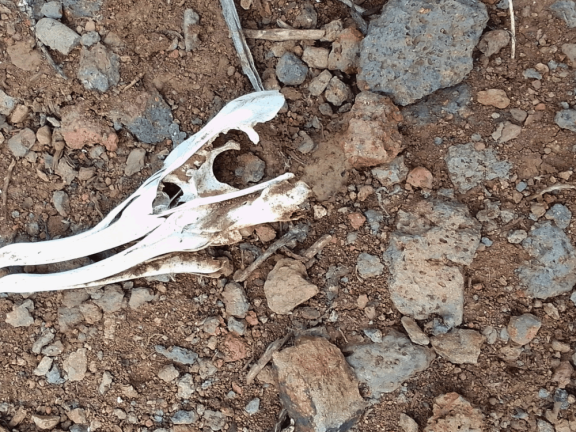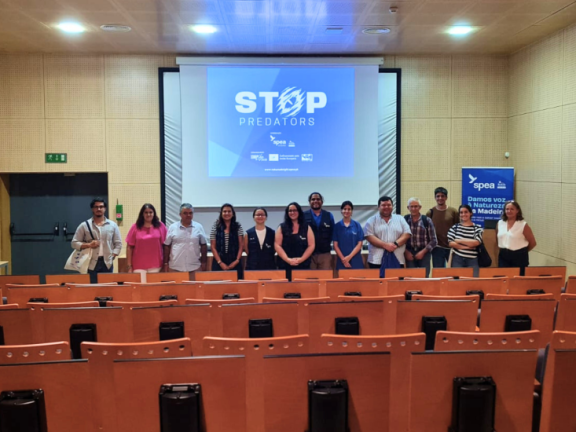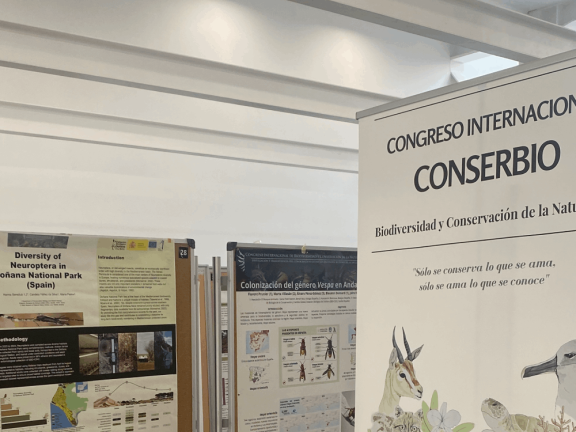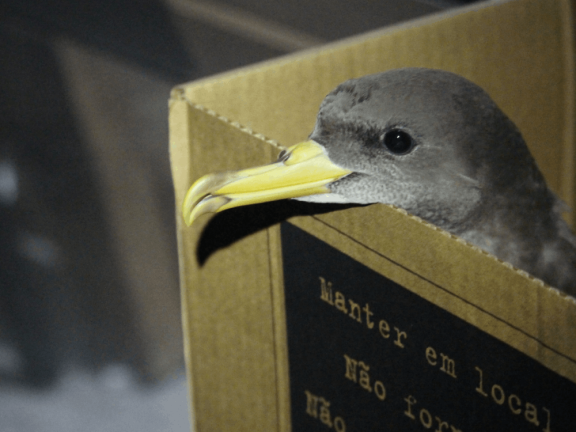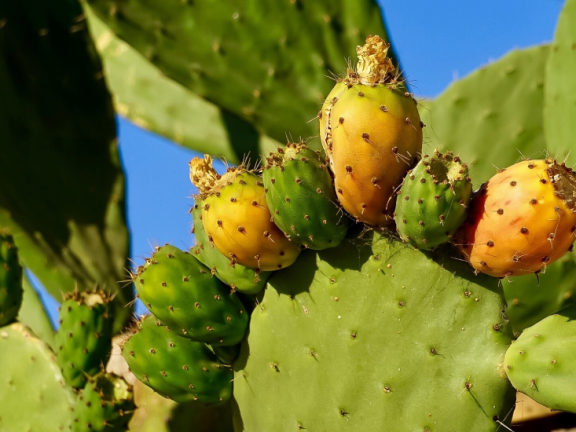A study recently published in the journal Science revealed that light pollution not only affects nocturnal birds, as was already widely known, but also diurnal species, significantly altering their behavior.
The research, based on more than 60 million acoustic recordings of 583 bird species worldwide, showed that the presence of artificial light at night prolongs the birds’ singing period by an average of about 50 minutes per day. The effect was particularly evident in species with large eyes, exposed nests, migratory habits, and wide ranges, especially during the breeding season.
Although at first glance the prolongation of vocal activity may be interpreted as an increased opportunity to attract mates or search for food, scientists warn that the reality may be more complex. Altering natural rhythms can interfere with rest, reduce melatonin production, and increase physiological stress, which in the long term can compromise birds’ immune systems and reproductive capacity.
Currently, light pollution covers about 23% of the Earth’s surface, becoming a global threat to biodiversity. In addition to prolonging birdsong, it is already known that artificial lights disorient migratory species, increase the risk of collisions with illuminated buildings, and alter ecological relationships, such as the dynamics between predators and prey.
For researchers, the results of this study reinforce the urgent need to rethink how we use night lighting. “Our lights, cast more or less without thought at night, are having broad and often subtly negative effects on wildlife,” the authors emphasize. Reducing light pollution is not just a matter of energy savings or quality of life for humans, but an essential measure to preserve natural rhythms and the health of ecosystems.
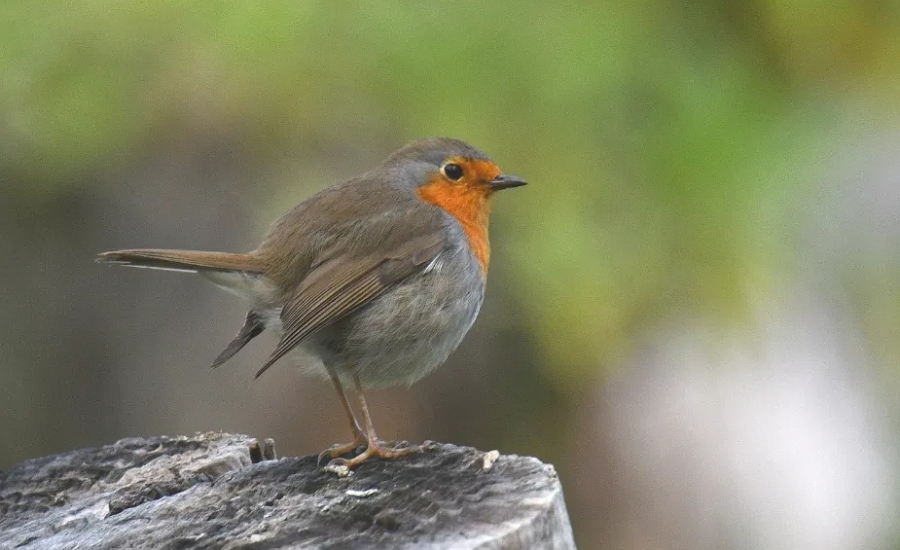
In this context, the LIFE Natura@night project, coordinated by the Portuguese Society for the Study of Birds (SPEA), has been implementing concrete actions in the Macaronesia archipelagos (Madeira, Azores, and Canary Islands) with a view to reducing light pollution. The project includes, among other measures, mapping artificial light, removing lighting fixtures in sensitive areas, developing public lighting master plans, introducing appropriate legislation, and raising awareness among local communities and entities.
This body of scientific evidence and conservation initiatives demonstrates that light pollution is a global environmental problem, but also that there are concrete solutions to mitigate it. The challenge now is to expand these practices and raise awareness among more and more communities, so that nighttime can once again be a safe space for birds and all the biodiversity that depends on it.
